If heating bills are a problem, it may be time to consider a large-scale insulation project for your home. By protecting the walls of your home, the internal temperature will remain more stable without having to resort to high-energy consumption devices. Today, spray foam as an insulating method has become one of the leading options in the market thanks to its great quality and longevity. Additionally, foam insulation cost is not excessive, which makes it an accessible alternative.
Unlike other insulation methods, spray foam is very versatile in the number of places we can apply it. As it is a foam, it will expand after spraying (up to twice its size), which will allow it to cover any small cracks it finds.
Spray foam insulation cost is small when compared to what we will save on electricity bills. In the end, we will see reductions of up to 40% in our electricity bills.
Of course, this does not mean that its installation is cheap. Due to its properties, foam insulation is more expensive than other options. However, it is good to have it as an alternative when we carry out reforms in our home or if we are building a new house.
Benefits of foam insulation
There are several reasons why you could use spray foam insulation. The first is that it is safe to apply around electrical outlets or lamps.
Secondly, as it is a foam, it will penetrate every open space it finds, which eliminates all possible cold air inlets. Maintaining the internal temperature of our home is the main objective of all insulation systems.
How much does foam insulation cost?
Aerosol insulation prices vary between $1,400 and $3,000. However, how much we spend in the end will depend on many factors, such as the installation or the amount of foam we use. Here is a list of the factors you should consider before embarking on this project.
How to measure the project area
The way to calculate the area that the insulation will cover is by using board foot. A table is 12” wide and long, and is 1” thick, which helps us to standardize the measurement of the surface we will insulate to calculate our budget.
Different insulations for different needs
When insulating our home, we must consider that there are open and closed cavities, so not all foam insulation will work the same.
Closed cavities, such as walls and ceilings, require Retro Foam injections to be well sealed. On the contrary, open cavities such as attics will need Icynene spray foam.
As each of them has different properties, our budget will change depending on the quantities we use.
There is more than one spray foam
Open-cell foam – Protection for walls and attics
Also known as a half-pound foam, this uses much less material than its counterpart, closed-cell foam. However, to apply it efficiently it is necessary to use a steam retarder, which translates into additional work.
Its name is because its density is 0.5 pounds per square foot (in addition to the texture it adopts when drying). It is manufactured with biological materials, in addition to having mixtures of carbon dioxide or water for the coating.
Generally, open-cell aerosol foam insulations are used on exterior walls, attics, and some roofs. After applied, it will have a soft and dry texture, and will keep air bubbles inside, being a light layer.
How much does open cell insulation cost?
Remember we don’t calculate insulation cost per square foot, but by board foot (12” x 12” x 1”). In the case of open-cell foam spray, each board foot has an approximate cost of $0.25 to $0.50, which will vary depending on the brand we buy.
Closed-cell foam – For underground constructions
This foam, much more expensive than the open-cell, has a density of 2 pounds per cubic foot, resulting in a hard and heavy finish.
One of the advantages of closed-cell foam is that it does not require a steam retarder to be applied since the mixture already includes it. Additionally, this insulating foam does not allow moisture to enter, which helps to better preserve the walls in regions of harsh weather environments.
However, closed-cell foam is not environmentally friendly, since its coating is made of hydrophilic carbons, which affect the ozone layer.
Due to its permeability, it is the insulation par excellence used for basements. As a hard plastic layer is created on drying, water cannot penetrate it to damage the walls.
How much does closed-cell insulation cost?
Closed-cell spray foam cost is much bigger than that of its counterpart. In fact, due to this, it is best to limit its use only to spaces that really require protection against moisture.
Again, depending on the manufacturer, we can get a price variation. Each board foot of this insulator will cost between $0.90 and $1.50.
The simpler the house, the cheaper the insulation
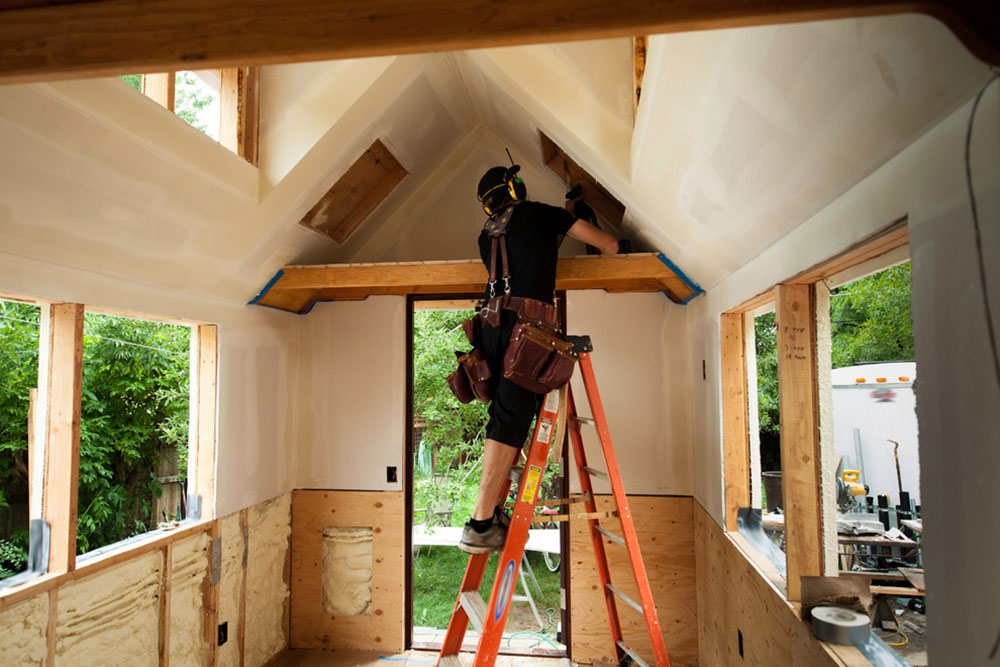 Image source: Plastics Make It Possible
Image source: Plastics Make It Possible
The shape of our home has a direct influence on foam insulation costs. The more complex houses (usually) have more square meters of wall and ceiling, so we will have to acquire more foam to ensure a perfect job.
The rooms also determine a large part of the price that the insulation work will cost us. Some rooms require insulation both on the ceiling and on the floor, all depending on the type of ventilation our home has.
An attic, for example, is one of the rooms that can be isolated both on the ceiling and the floor. However, it is common for square footage to be much larger on the ceiling since these are inclined, unlike the floor.
Usually, when we insulate the roof it is because we seek to create a hermetic storage space, in which we eliminate traditional ventilation for an artificial system. The opposite happens when insulating the floor since in this way we can still install natural ventilation in the ceiling.
Labor
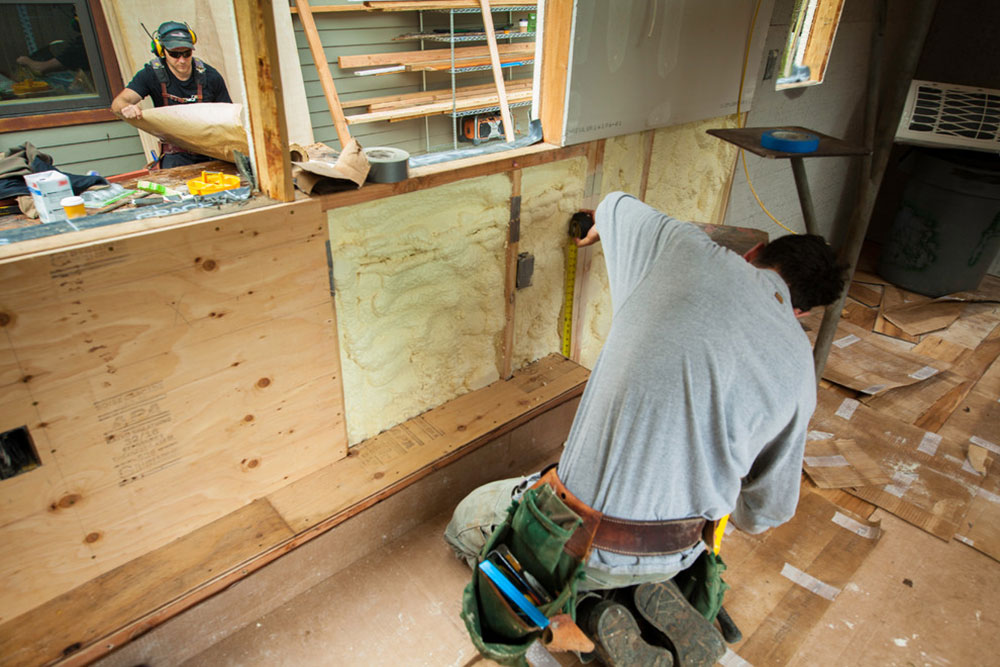
Image source: Plastics Make It Possible
Like all construction work, we will require specialized labor to apply the insulating layer. Much of the budget will go exclusively to the installation; In fact, the national average is estimated at $1,000 for the mason we will hire (for a 1,200 square feet coating).
The rest of the budget (approximately $1,000) will be used for construction materials, such as boards, safety equipment, shipments, etc.
Additional improvements we can apply
Soundproof
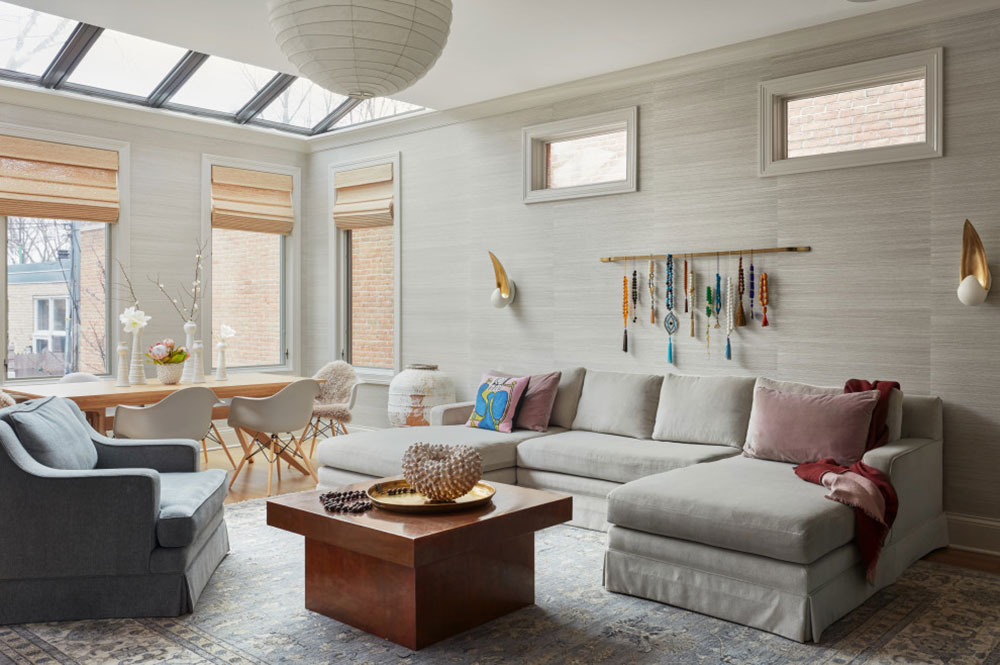 Image source: Cari Giannoulias Design
Image source: Cari Giannoulias Design
Although the foam insulation layers create an excellent sound barrier, we can always choose to apply an additional soundproofing layer.
The cost, however, will not be reduced because we have the insulator installed, so we will still have to pay the standard $2,000 or $3,000.
Repairs in case of moisture
Ironically, because the insulation of closed-cell foam creates a barrier that prevents water to enter, this also means that steam cannot leave the room, which will leave stains over time.
It would be best to replace the affected areas before the mold appears. First, because in this way we avoid possible respiratory diseases, and secondly because it is much cheaper to replace drywall ($1,500 to $2,000) than to remedy mold.
Removing mold from our home
If the mold has already penetrated our insulation, there is no other option but to remedy it before being able to install a new foam layer, or else it will continue to grow. This process is expensive, varying between $2,000 and $6,000.
If you enjoyed reading this article about the foam insulation cost, you should read these as well:
- How much do modular homes cost? Know the price now
- How long do asphalt shingles last and when you should change them
- How To Decorate A Living Room Without Coffee Table
The post How much does foam insulation cost? (Answered) appeared first on Impressive Interior Design.
source https://www.impressiveinteriordesign.com/foam-insulation-cost/
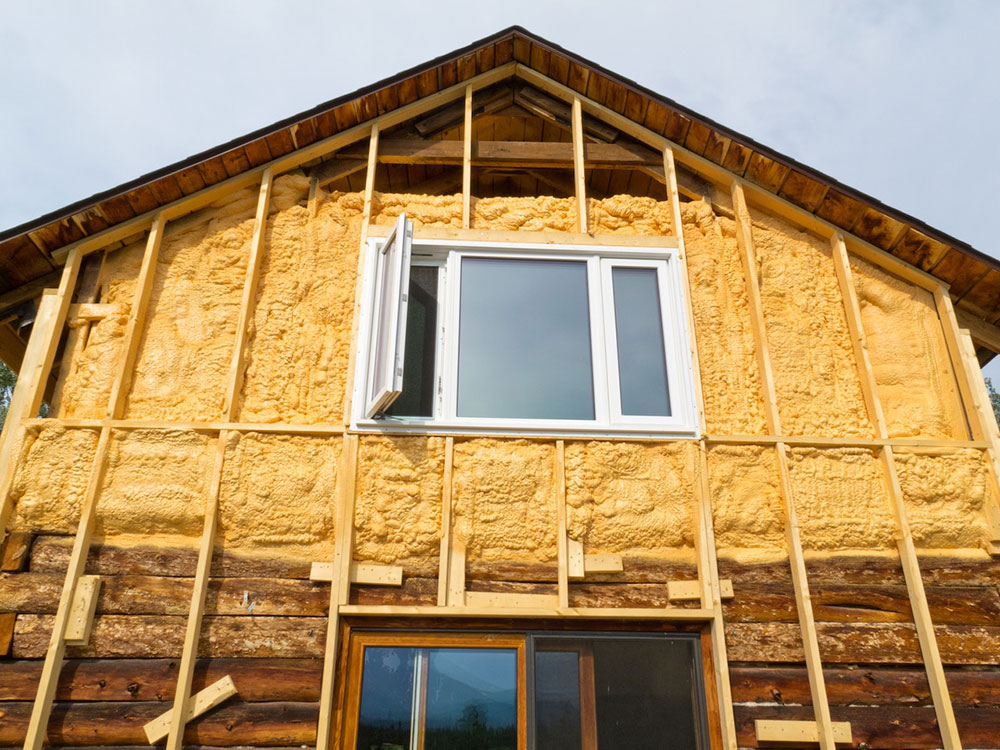
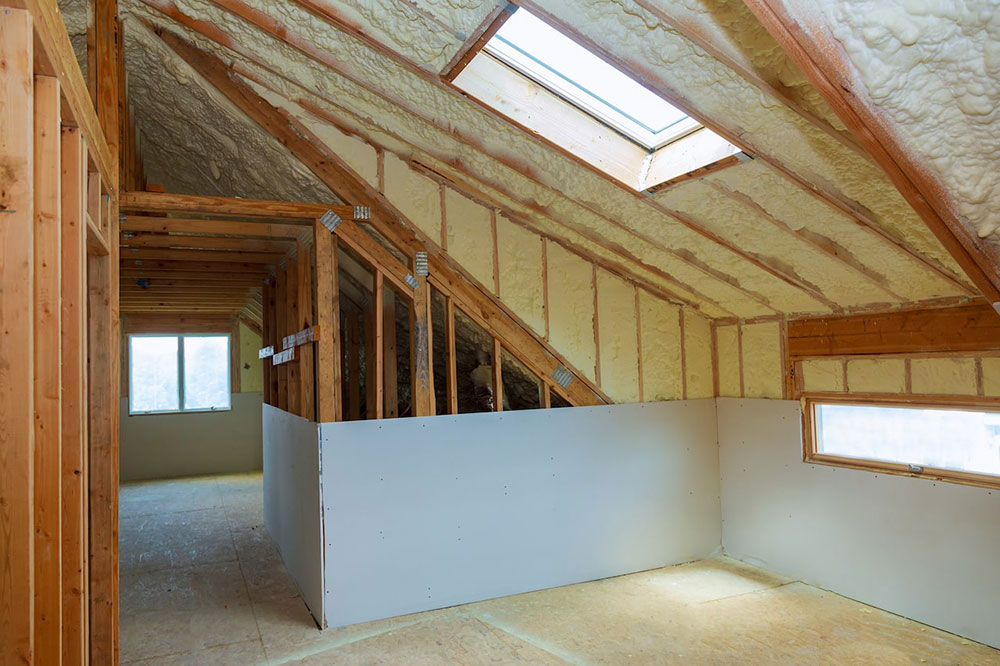
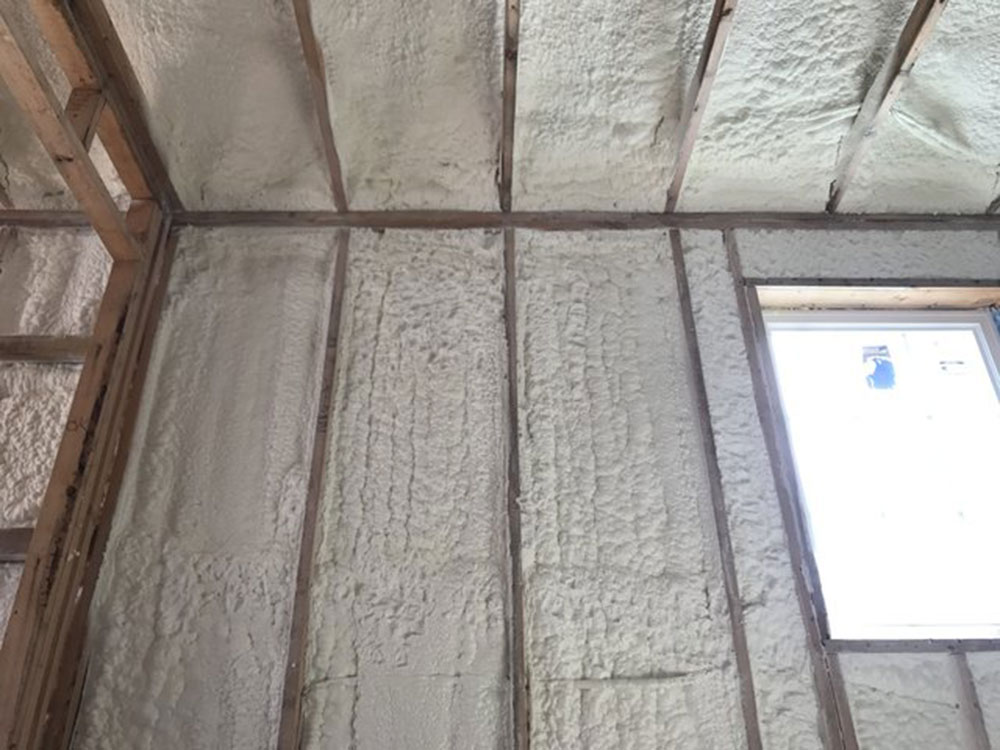
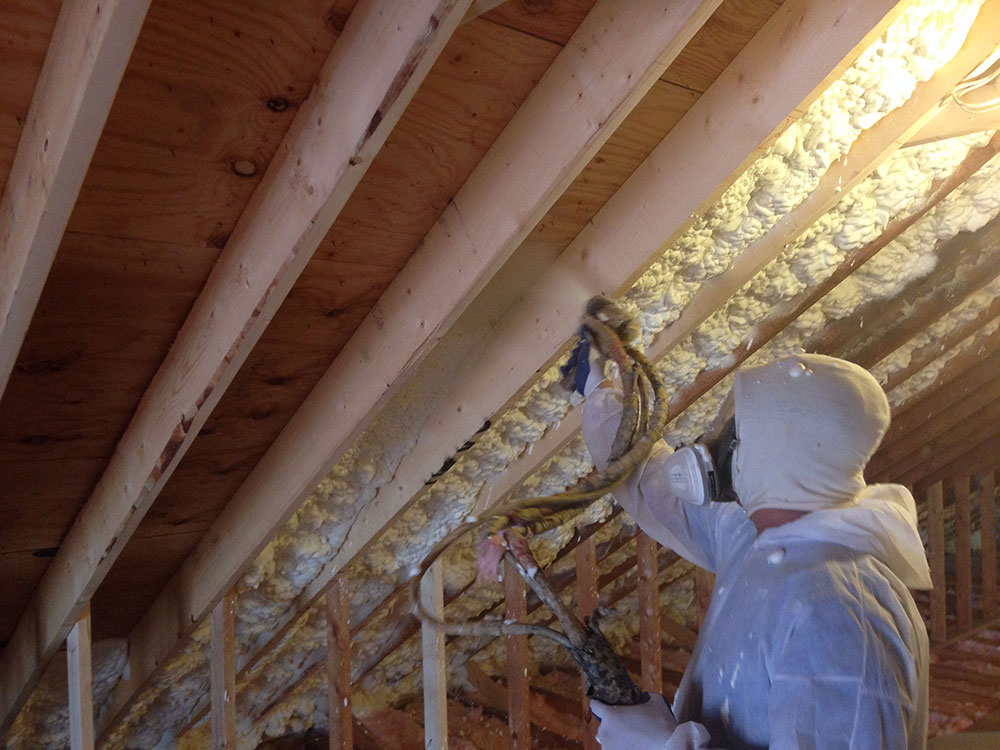
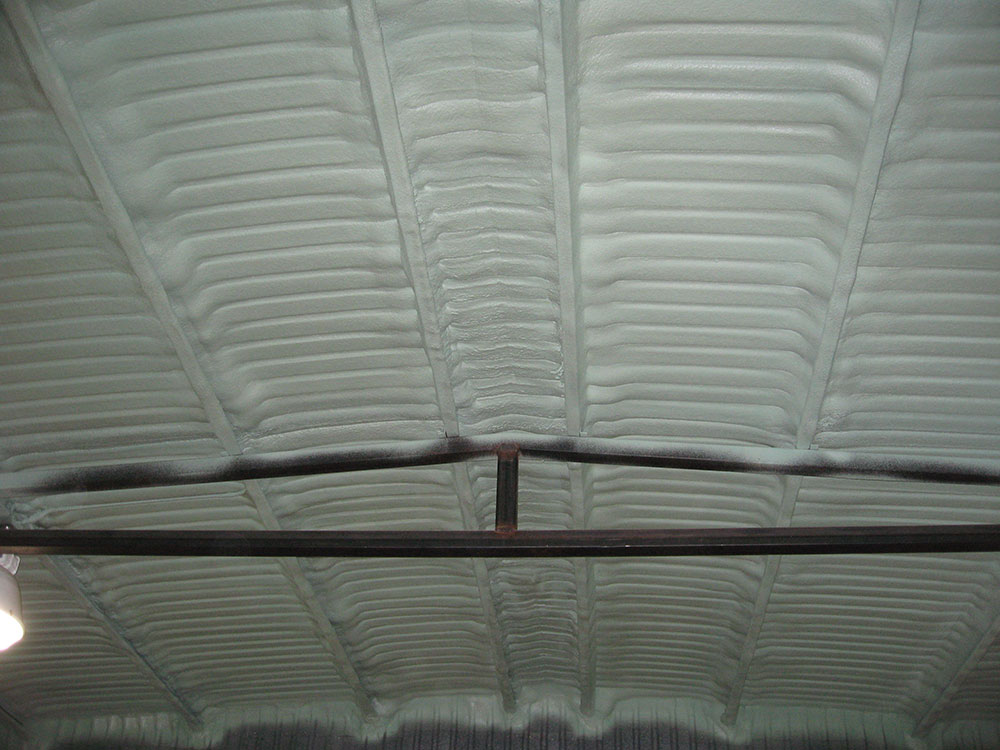
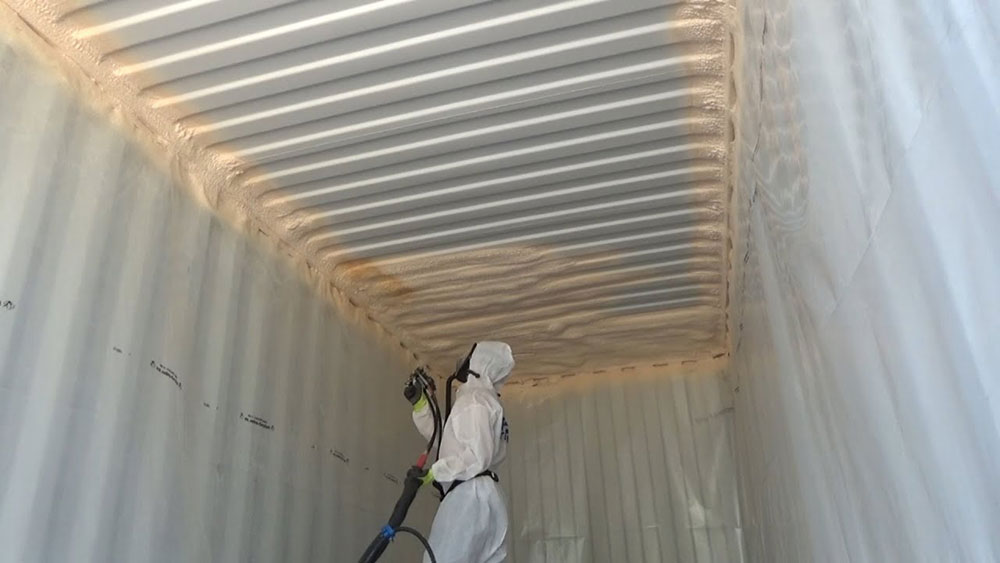
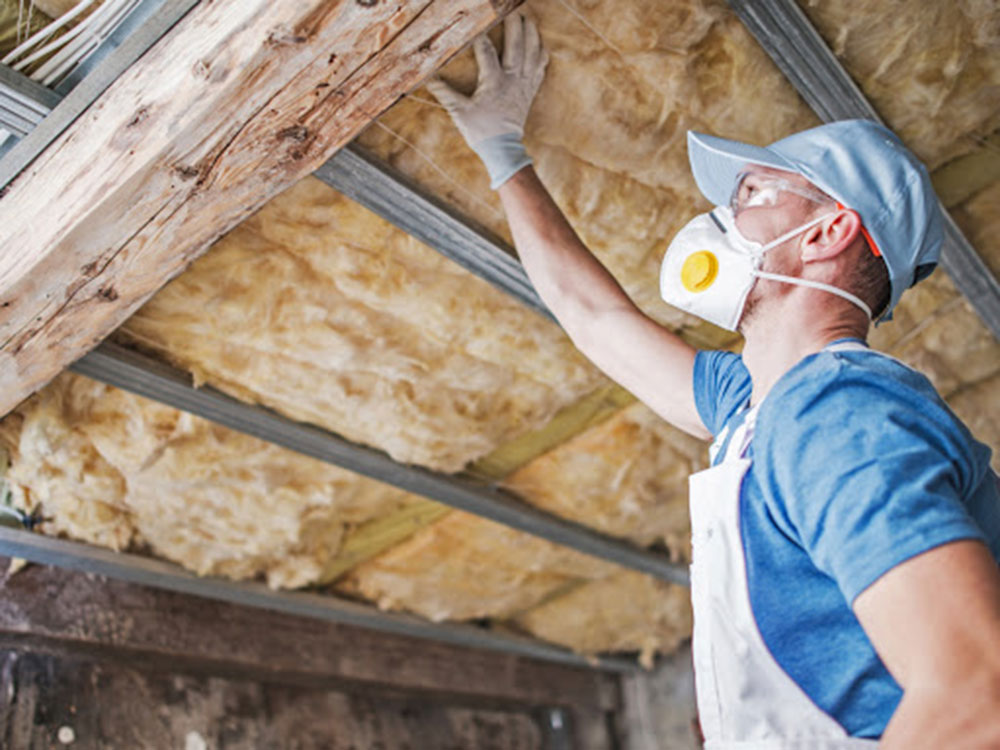
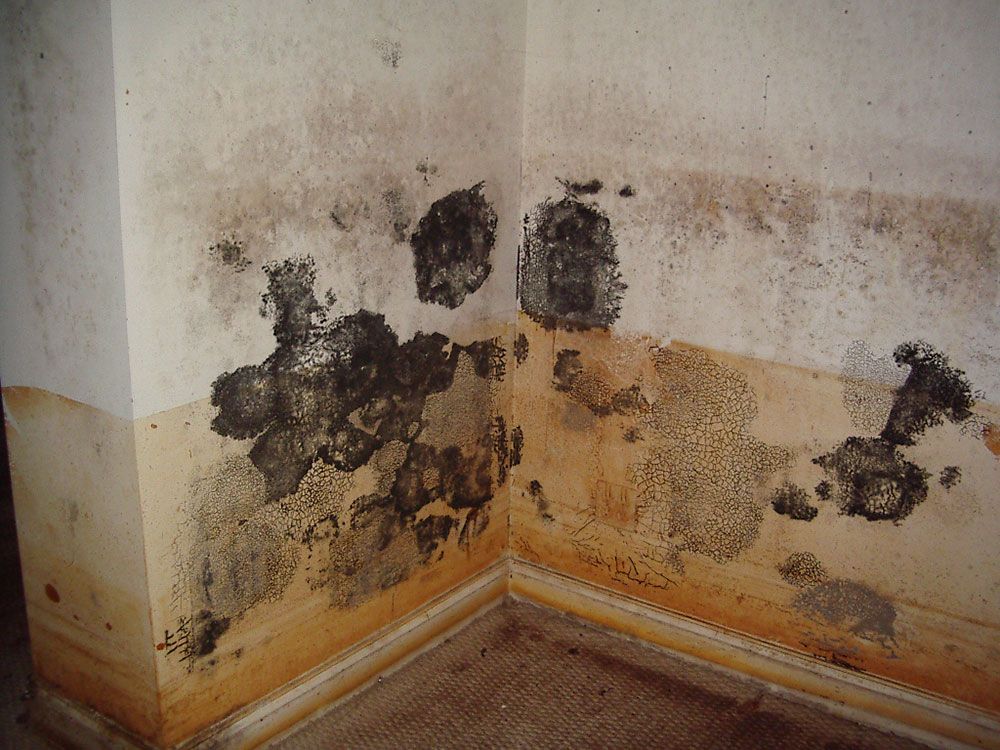
No comments:
Post a Comment